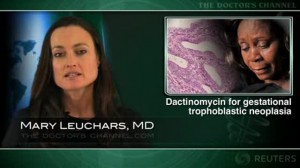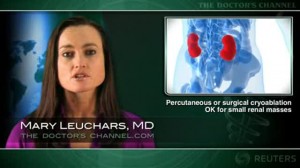NEW YORK (Reuters Health) – Compared to conventional white light bronchoscopy, autofluorescence bronchoscopy is more sensitive in detecting lung cancer and preneoplastic lesions, according to a meta-analysis conducted by investigators in China.
Several studies have produced varying results for the diagnostic efficiency of autofluorescence bronchoscopy (AFB) compared with white light bronchoscopy (WLB), so Dr. Liangan Chen and colleagues at the General Hospital of People’s Liberation Army, Beijing, performed a review of relevant studies to derive pooled sensitivity and specificity values for AFB.
As they report in the January 14 online issue of Lung Cancer, 14 of 439 reviewed publications were suitable for the meta-analysis.
From all studies combined, the team found that the sensitivity and specificity of AFB were 0.90 and 0.56, respectively. The corresponding values for WLB were 0.66 and 0.69.
The sensitivity and specificity of AFB were not greatly changed whether a laser or non-laser was used as the excitation light source, according to the report. Histologic definitions and use or not of a control biopsy did not alter the results significantly either.
The relatively high sensitivity but low specificity of AFB “are commensurate with other imaging modalities, such as CT in the diagnosis of small malignant lung nodule,” the authors suggest. In fact, they note that combining autofluorescent and white light bronchoscopy may produce a better diagnostic yield without compromising specificity.
“With the above said,” Dr. Chen and colleagues conclude, “the combined application of the two is recommended. And it is known that AFB is more valuable in detecting preinvasive lesions than invasive cancer.”
However, they add, “Carefully designed studies using strict bronchoscopic criteria, with special focus on the combined utility of AFB and WLB in detection of preinvasive lesions are needed.”
Lung Cancer 2011.




